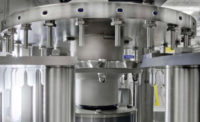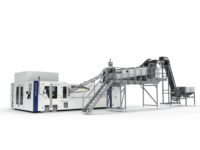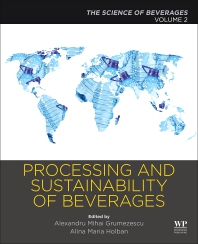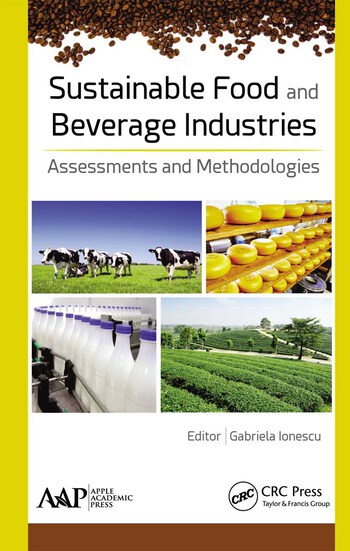Plastic bottle manufacturers address flexibility, sustainability
Lightweighting, sustainability drive plastic bottle manufacturing
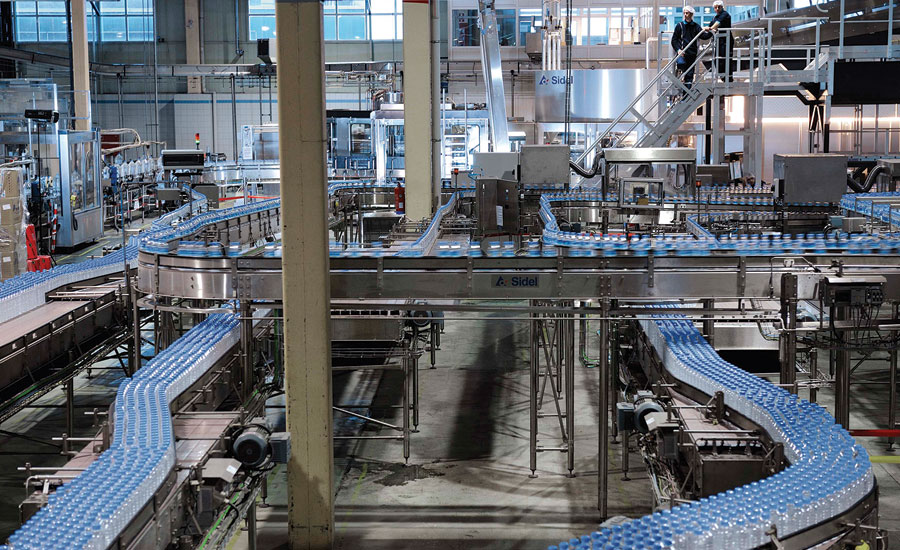
SKU proliferation not only is increasing the number of products on retail shelves, it also is helping to fuel the beverage packaging markets. According to “Beverage Containers,” a study from Cleveland-based The Freedonia Group Inc., U.S. demand for beverage containers is expected to increase 1.9 percent a year to 283 billion units in 2019. Plastic containers will remain the largest and fastest growing for beverages with gains supported by the growing bottled water market. However, the market research firm notes that plastic also will gain ground in newer uses, including ready-to-drink (RTD) tea, RTD coffee and larger sizes of alcohol beverages.
Given these facts, plastic bottle manufacturers are stepping up their game to deliver flexible lines, innovative bottle designs and shapes, and cost reduction — all while paying close attention to sustainability and recyclability.
Plastic bottle manufacturers note that lightweighting has significantly helped beverage manufacturers reduce both packaging costs and environmental footprint.
Yet, Vincent Le Guen, vice president of packaging for Hünenberg, Switzerland-based Sidel, notes that lightweighting shouldn’t compromise the performance or appearance of the finished bottles. “There has been some resistance from consumers to bottles where the lightweighting has affected performance, with ‘over squeeze’ resulting in the spilling of contents unintentionally,” Lu Guen says.
He adds that this concern spurred Sidel’s RightWeighting initiative, which focuses on significantly reducing PET bottle weight, but not at the expense of the consumer experience.
Flexible lines, fast changeover
SIPA North America’s Sales Director Denis Macron says that the Atlanta-based company is continually working on improvements with new technologies. “Customers are asking for flexible lines capable of running a variety of different containers and products. SIPA has the most flexible blow molder with an extremely fast changeover and low energy consumption,” he says.
He notes that SIPA offers three technologies for PET bottle manufacturing: SFR, a rotary blow molder that produces as many as 54,000 bottles per hour (bph); SFL, a linear blow molder that produces as many as 10,800 bph; and ECS, an integrated platform that produces as many as 36,000 bph.
To reduce the overall carbon emissions produced throughout the life of a finished bottle, bottlers increasingly are using recycled PET (rPET) or bio-based PET resin. “Many are also reducing the secondary packaging that accompanies the product — such as shrink-wrapping and over-wrapping or eliminating it altogether,”
Le Guen says. “We provide Ecovens for our blowers that can reduce electrical consumption by up to 45 percent. …We also created our Predis system, which replaces bottle rinsing with dry decontamination of PET preforms to save on water.”
Plastic bottle manufacturers need customized support for their package and bottle development, according to SIPA’s Marcon. “We have deep experience in bottle development and preform capabilities due to our 360 competence in PET. We can design and sample new containers that meet customers’ needs,” he says.
Sidel’s latest generation of equipment — the Sidel Matrix system — offers a modular approach to PET bottling, including blowers, fillers, Combi and labelers.
“The Sidel Matrix Combi integrates the blow-fill-cap function in one single enclosure, with neck-handling and positive transfer of PET bottles, which avoids the limitations imposed by air conveyors,” Le Guen says. “It delivers outstanding energy efficiency while simultaneously cutting costs.”
With three times more configurations, the Sidel Matrix blower can produce as many as 2,250 PET bottles per mold per hour, Le Guen notes. Available in three sizes, blowing stations also can be customized for various bottle shapes and sizes ranging from 0.1 liters to 3.5 liters, he adds.
To continue to grow, beverage packaging manufacturers should continue to help bottle manufacturers reduce their carbon footprint, supply faster machines, offer lightweight, recyclable containers and help with packaging design, says SIPA’s Marcon.
Sidel’s Le Guen notes that advancements in new compact, easy-to-use, remotely operated equipment will drive future innovations.
“Embedded intelligence to communicate with people or other machines is coming,” he says. “More sophisticated data usage will enable a more proactive management of the line. Key advances are being made in this area, and new systems will offer embedded machine intelligence to increase self-monitoring and process automation.”
Looking for a reprint of this article?
From high-res PDFs to custom plaques, order your copy today!





